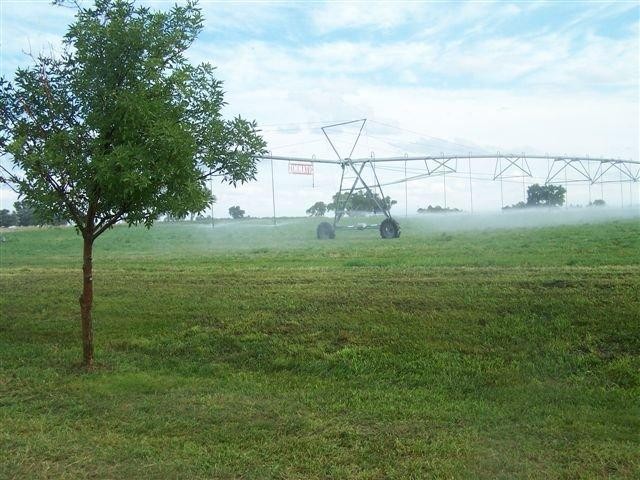Pivot Farm
Post on: 16 Март, 2015 No Comment

Support and Resistance 101
What are support and resistance levels? They represent a price point where selling and buying are at equilibrium. In the markets, which are just very large auctions, sometimes there is more supply (sellers) than demand (buyers), and the price goes down. And when the opposite occurs the price goes up. There are times when the price remains somewhat static or it’s referred as a price consolidation. This is a ‘pause’ in the price action and happens as we said when buyers and sellers are in ‘check’. There are many possible reasons why the price would pause, but the next move is our opportunity to make money!
Role Reversal
From these areas where the price pauses, there are only two possible scenarios; either a continuation of the current trend or a reversal of the trend. The areas of pause are ‘ Support and Resistance levels’. Support and Resistance levels are often quoted by commentators as either being Support (a level below the current trading) or Resistance (a level above the current trading). Although this distinction is completely correct, we like to refer to our levels simply as PowerZones because of a key trait of Support and Resistance levelsRole Reversal. The old adage goes Support becomes Resistance and Resistance becomes Support. Support and Resistance levels will often interchange between the two roles and it is key for trading success to be open to this phenomenon.
Proactive/Reactive Support and Resistance
Most Traders will be aware of the many different types of Support and Resistance methods used by traders we have highlighted over 10 that we use as part of our analysis! At Pivotfarm we try to view Support and Resistance in 2 classes, they are either Proactive or Reactive Support and Resistance levels.
Proactive Support and Resistance methods are predictive they often outline areas where price has not actually been, they are formed based upon current price action that through analysis has been shown to be predictive of future price action. Proactive Support and Resistance methods include Elliot Wave, Fibonacci, Calculated Pivots, Trendlines and Moving averages. VWAP, Market Profile (VAH, VAL and POC)
Reactive Support and Resistance are the opposite they are formed directly as a result of price action or volume behaviour. They include Volume Profile, Price Swing lows/highs, Initial Balance, Open Gaps and OHLC.
Both Proactive and Reactive Support and Resistance methods have merit and form a staple part of the Pivotfarm method.

Thoughts for using the PowerZones
The Support and Resistance PowerZones can be used in a number of ways to aid your present trading strategy. They can be used to tell you when to exit or partially exit a current position. A breakout from a PowerZone may be used to enter a new position or add-on to and existing position. Watching what happens when price enters a PowerZone may be indicative of taking a position or deciding to remain ‘flat’. If your strategy gives a buy signal, and the price is just below a zone, you may wait to see how the price reacts to the resistance zone. There are many ways to augment your trade setups using the PowerZones.
Some form of Support and Resistance is a core foundation of most profitable technical analysis based trading strategies. It is a major pillar of Technical Analysis and a must have in the tool box of every successful trader. As simple as the concept behind support and resistance may be, the practice can be difficult due to the wide range of information and techniques available. Our mission at Pivotfarm is to combine and condense this information for traders in a format that is easy for them to use.
Professional traders have teams of analysts working for them to do their ‘homework’ every day. Now you can too. We are committed to providing quality Support and Resistance Powerzones to you every trading day, before the open, so you don’t have to spend the time even if you know how to do it.














